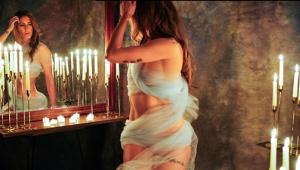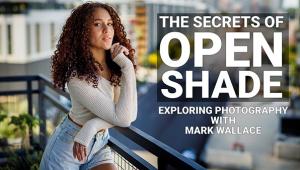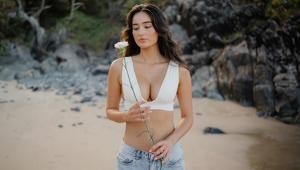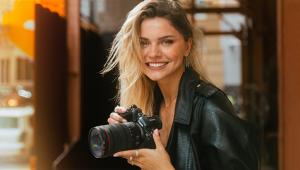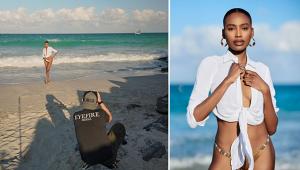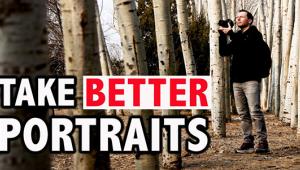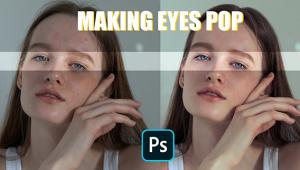3 Ways Shooting Comic Con Improved My Portrait Photography (& Can Improve Yours Too)
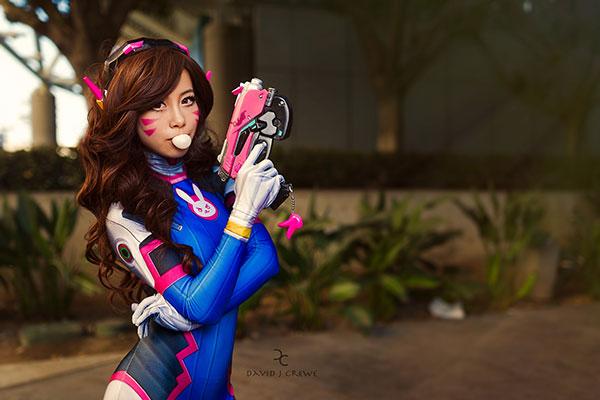
(Editor's note: David J. Crewe is a commercial photographer based on the West Coast and is one of Datacolor’s Friends with Vision. He is also a regular photographer at Comic Cons across the US and says it has helped him with his portrait photography throughout his career. Below are his three tips to help you improve your own portrait photography, whether it’s at Comic Con, in the studio, or on the streets.)
#1 Focus your shot
It’s no surprise that at Comic Con there is a vast amount of color. I have to admit it was overwhelming at first, but over time I realized how to use this to my advantage. The first lesson I learned as a photographer shooting Comic Con was to pull people away from crowds. Why? So I could focus on their costume, and not let it be lost by the background of color. The same rule applies in other aspects of portrait photography. For example, when shooting in a studio or outdoors, always ensure that the backdrop doesn’t take the focus away from your subject, instead make sure it helps to accentuate your image.
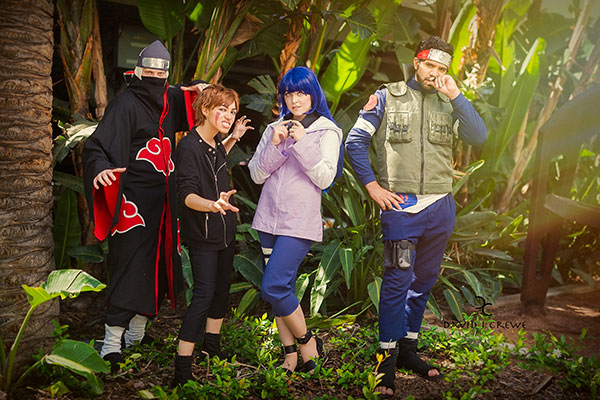
Focusing on a single image or portrait and ensuring I had the perfect shot used to take me a while. Comic Con completely changed this for me. Cosplayers don’t have five to ten minutes to pose for you, they have a minute tops. Everyone has somewhere to be, and fast! This meant I had to learn to grab the ultimate shot in the first few takes. This is another lesson that's very beneficial in portrait photography. Why? It enables you to not miss out on future shots down the street, or if the weather changes suddenly and you have to adapt with less time than you thought to perfect your vision.

#2 Only pack your essentials
This tip is less geared to photographers who shoot in studios, and more for those who are spending the day on a photographic adventure. During Comic Con I would spend all day shooting, moving from one side of a convention center to another with all of my equipment. Over the years I learned which photography gear was essential for me to gain the ultimate shot, and what I could leave behind to reduce the weight in my backpack and make everything fully portable.

When I have outdoor photo shoots, my kit now only consists of my go-to camera gear and speed lights to allow me to work in any lighting conditions. I would highly recommend the same for those that are looking to spend the day shooting in various locations, and not having a vehicle to take them from A to B. It also makes you appreciate the little equipment you need to take with you, and not be solely reliant on your kit, but more so your talent to create the shot you envision.
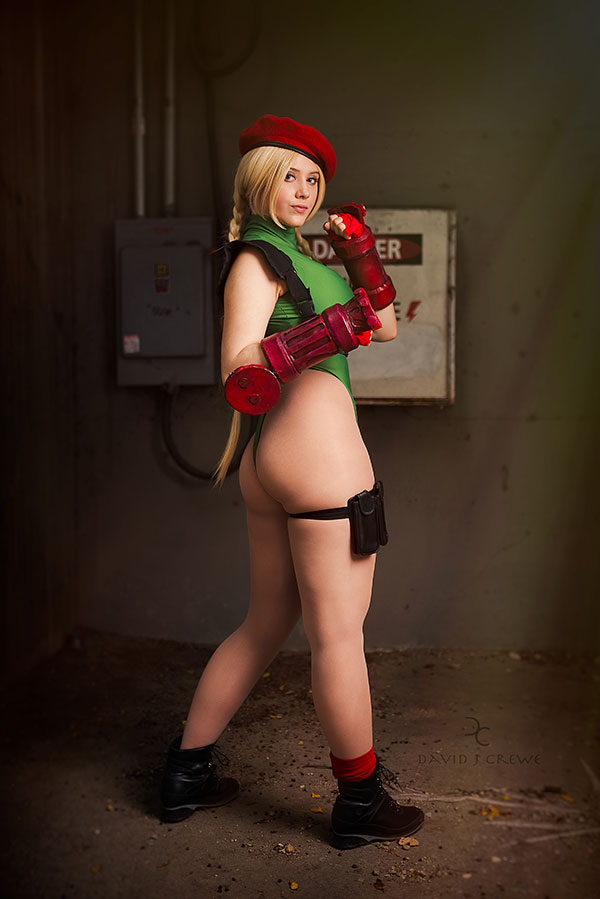
#3 Perfect your vision
Calibration tools are an absolute must. No matter where you are shooting, the only way to ensure you have accurate colors across your devices is to calibrate your monitors with tools such as Datacolor’s SpyderX.

I would usually calibrate my screen before leaving for Comic Con, to ensure that when I viewed my screen between shots, what I saw would be the exact same as what I would see in my studio when editing the photographs later, as there would be no going back. This is the same in portrait photography, universally, as when you pay for a model’s time or for a location, and you want to get the perfect shot within that time frame. You don’t want to have to go back and change things, so calibrating is a way of minimizing your risk.
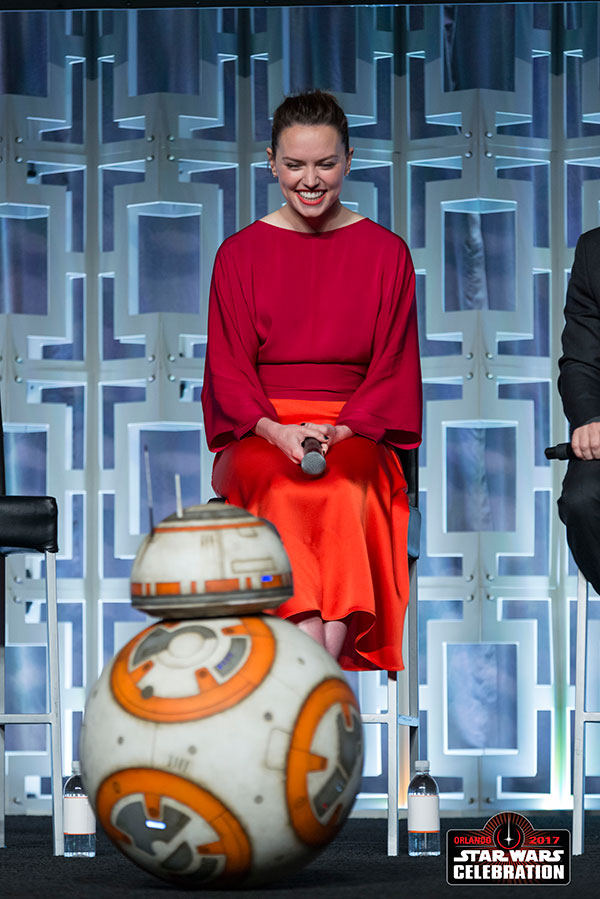
Other calibration tools such as Datacolor’s SpyderCheckr, ensure that the color you shoot stays consistent. For me, this was a blessing when faced with the change of daylight conditions, colorful costumes and an array of gelled lighting shining in on my photographs. Again, this is perfect for both outdoor shoots and studio shoots, with color temperature and exposure varying in each capture, the SpyderCheckr delivers scene light color and intensity data that you can use to adjust your camera settings, to suit your photoshoots needs. This enables you to rely less on the post production editing process to perfect your vision, and instead allows you to do it live on shoot.
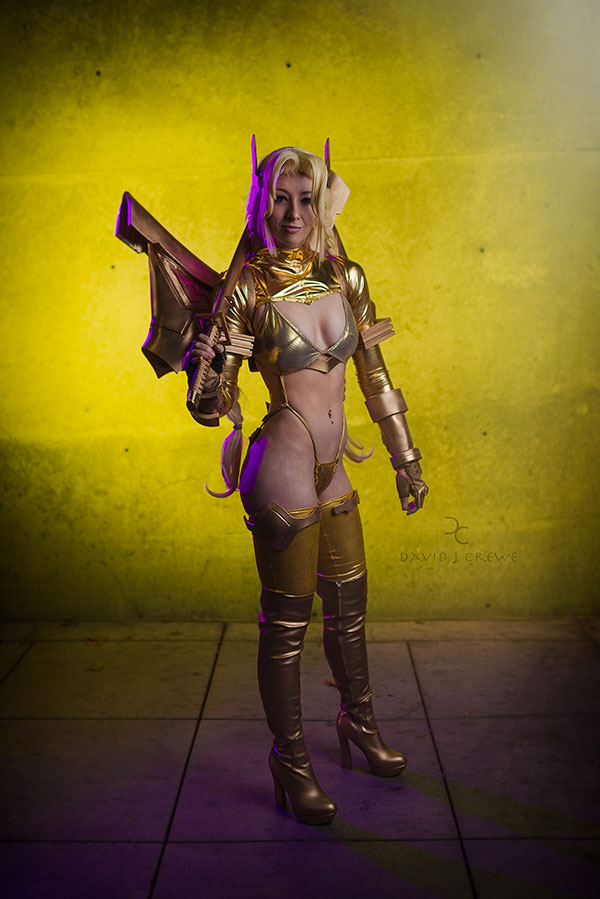
The fast paced, and colorful nature of Comic Con has improved my photography vastly over the years. I hope that you too can learn from it; either by photographing at an event yourself, or by using these tips in your own portrait photography. Keep practicing, and in no time, you will be able to focus your shot no matter what colors and background is thrown at you, and all in less than five minutes!
To find out more about David J. Crewe and his photography, visit https://davidjcrewe.com/







